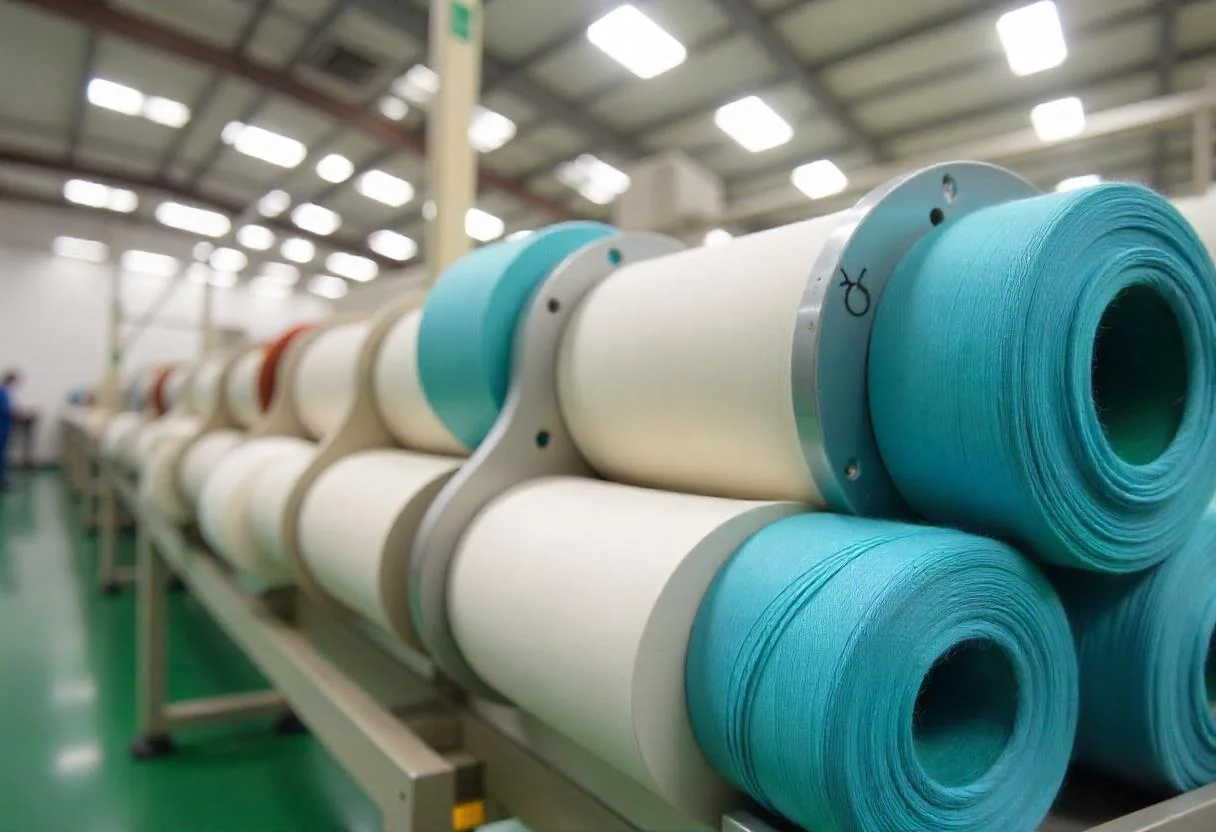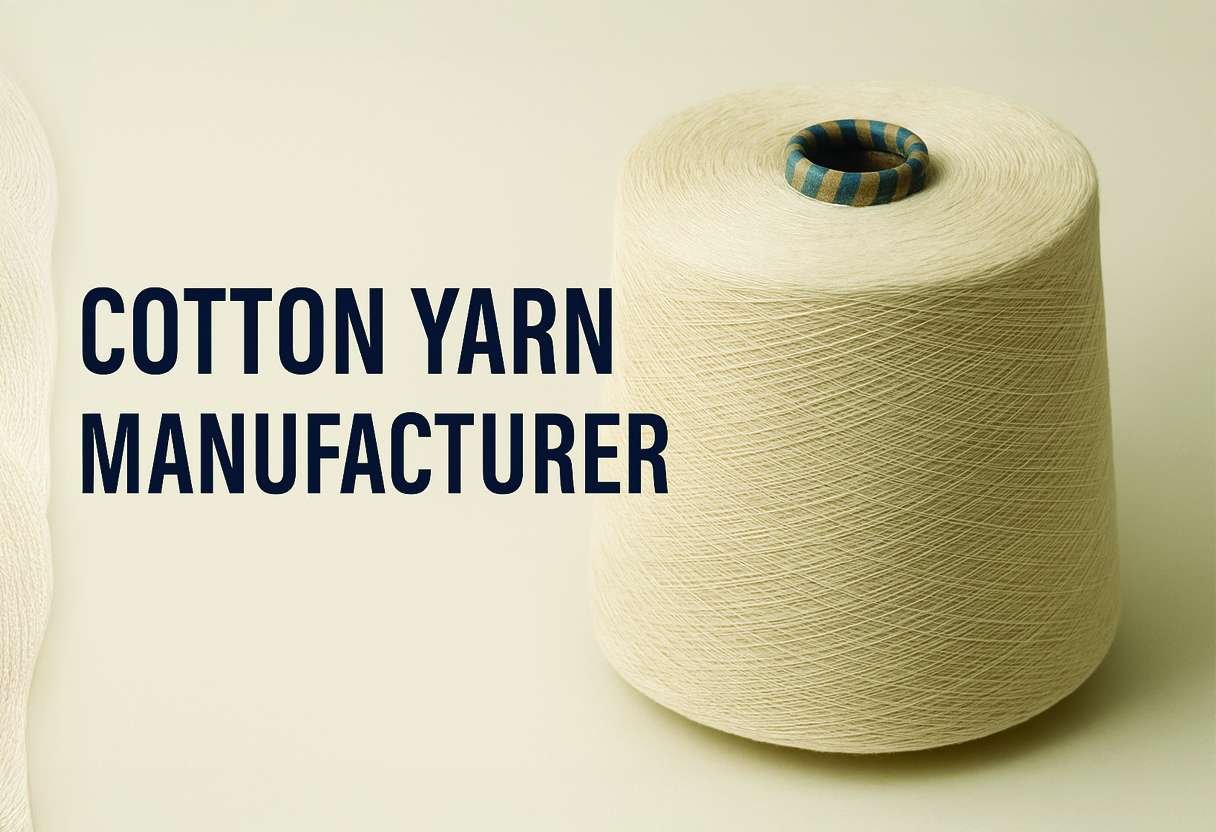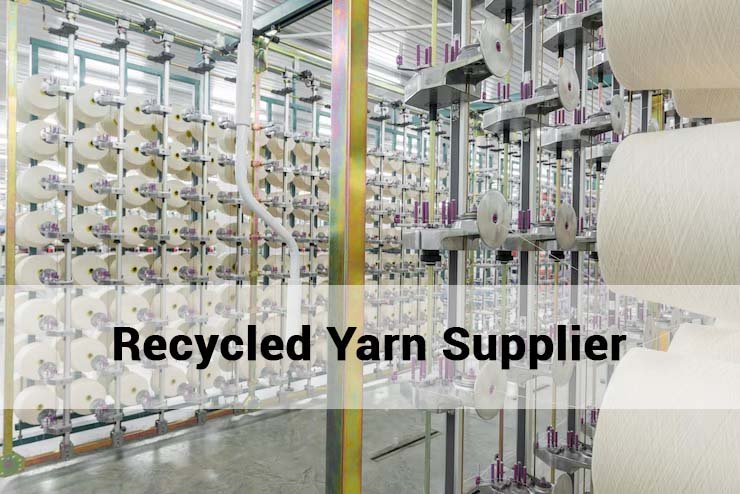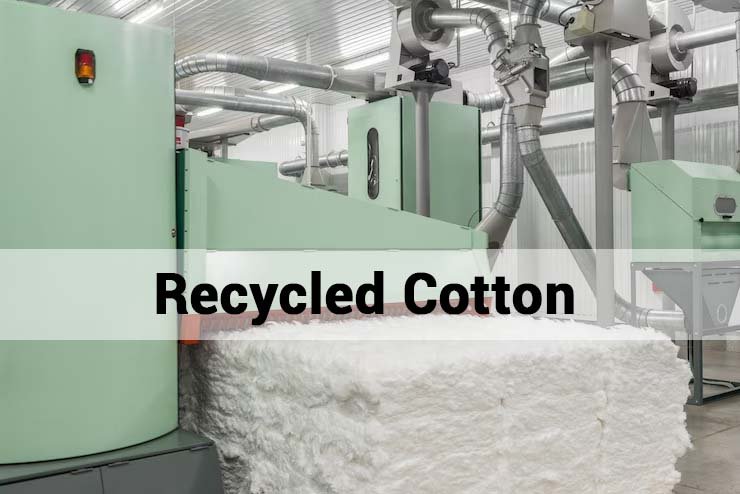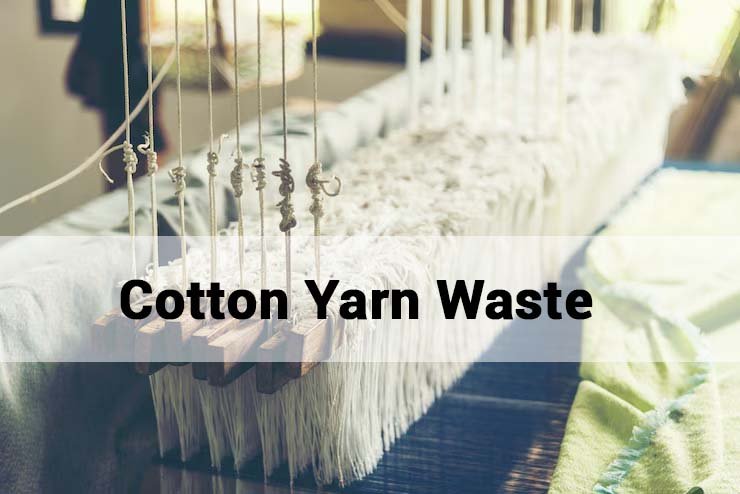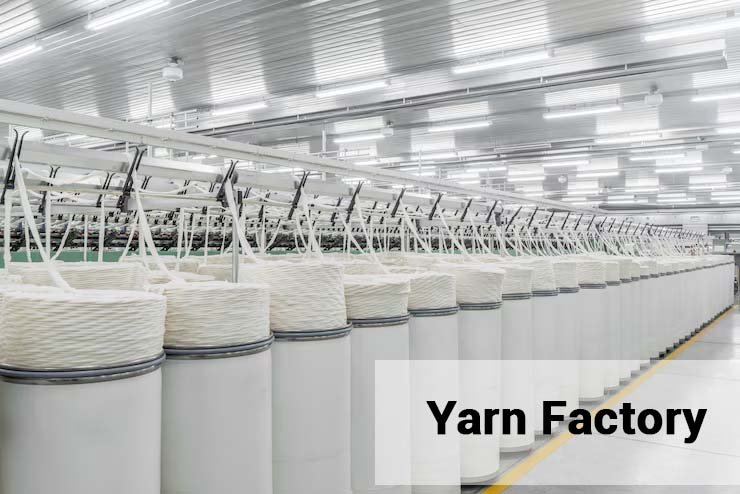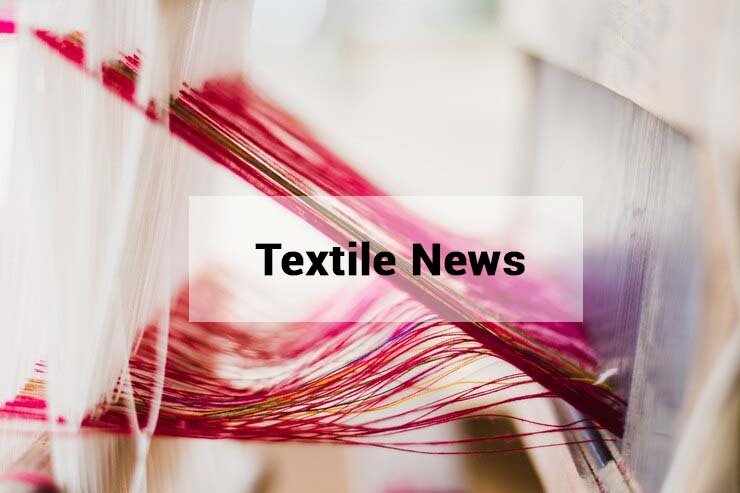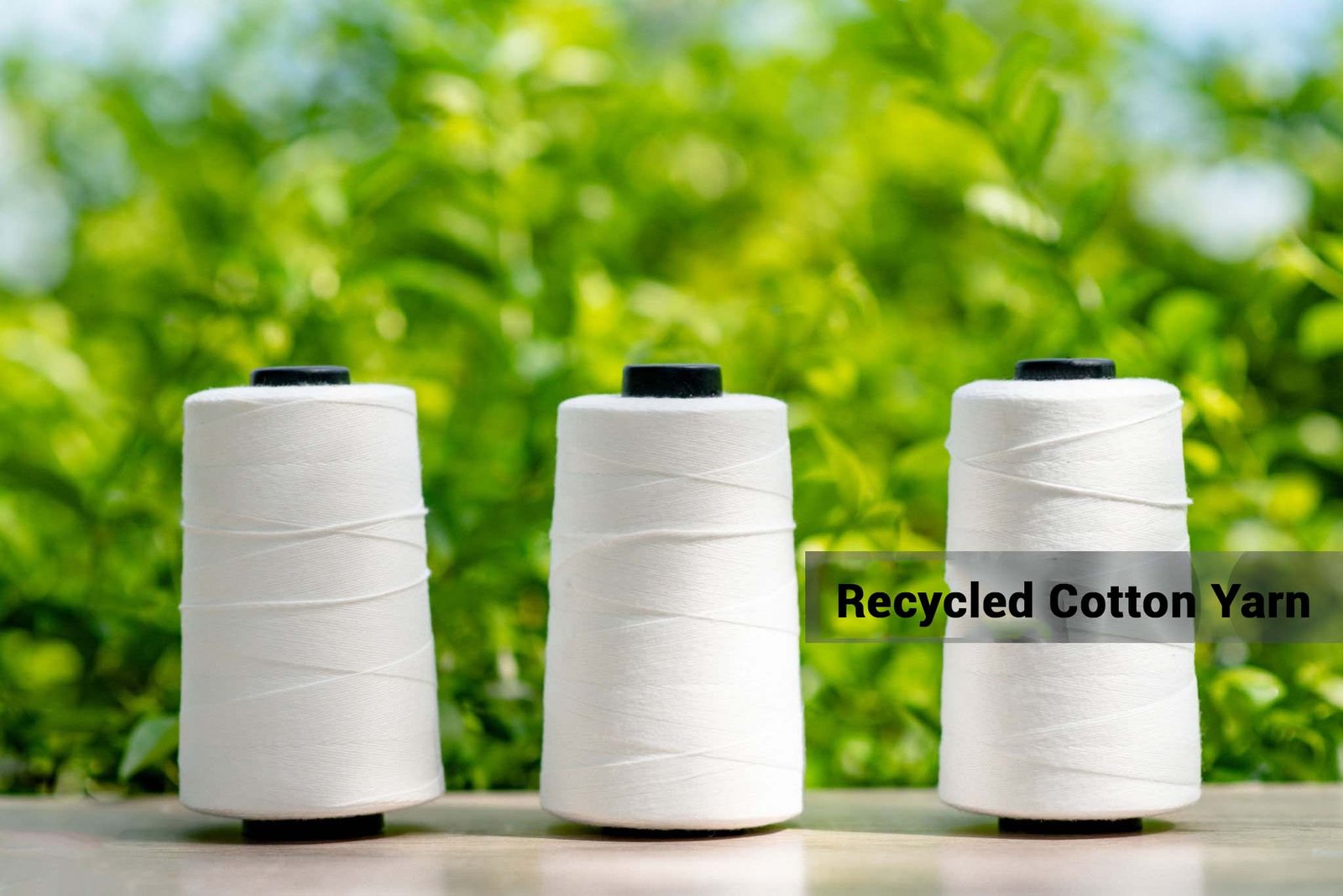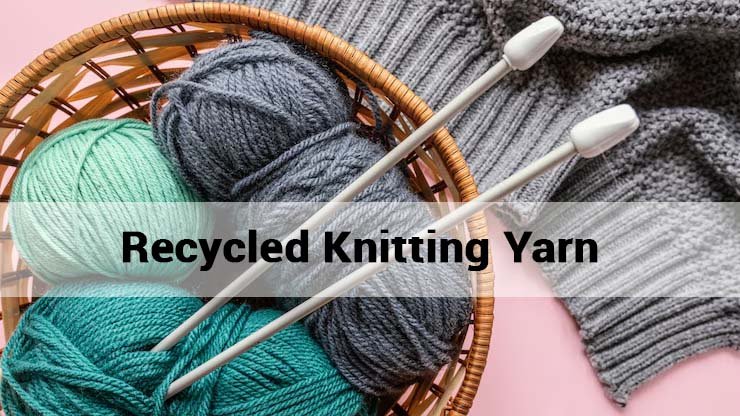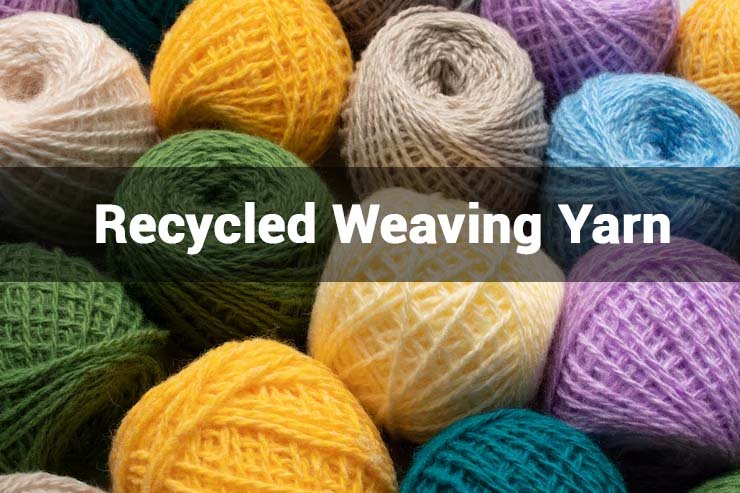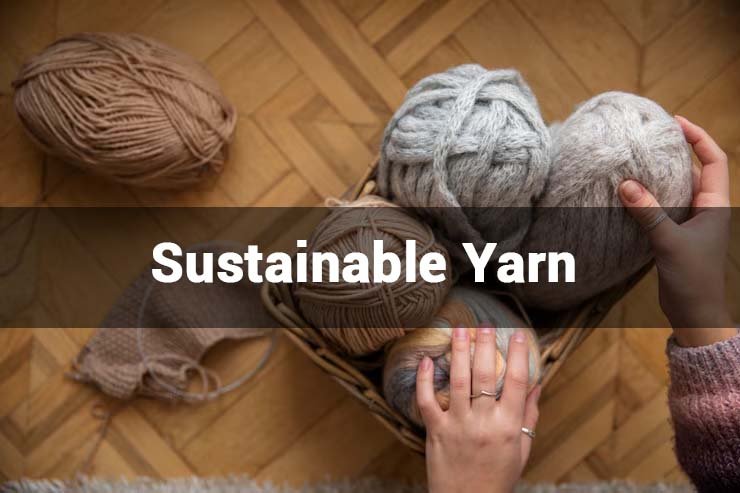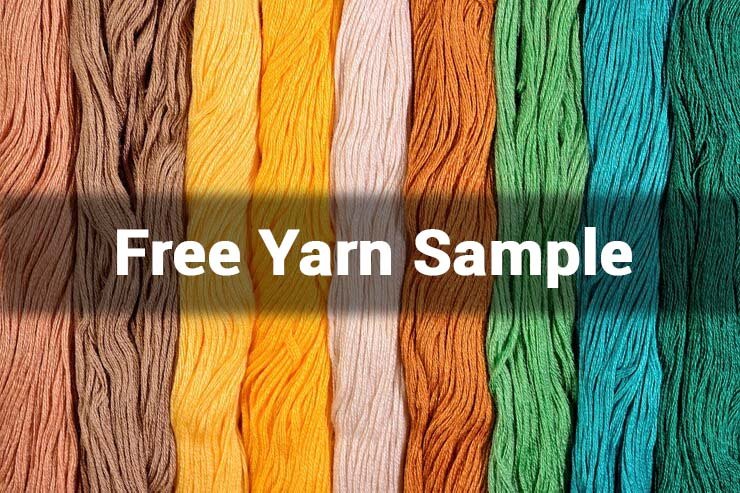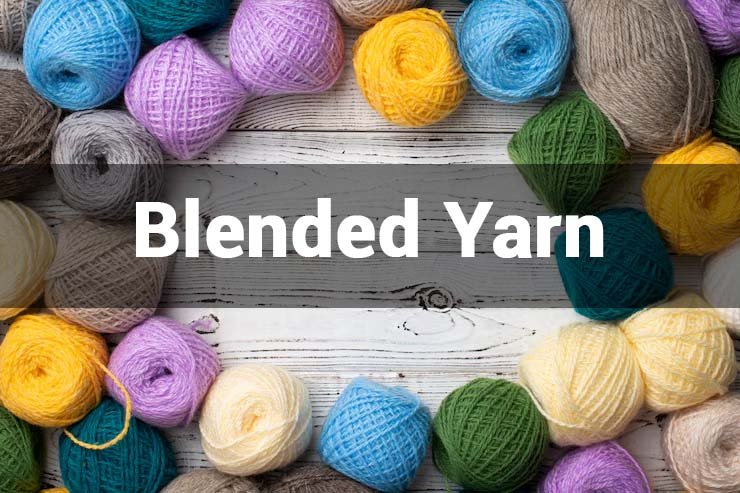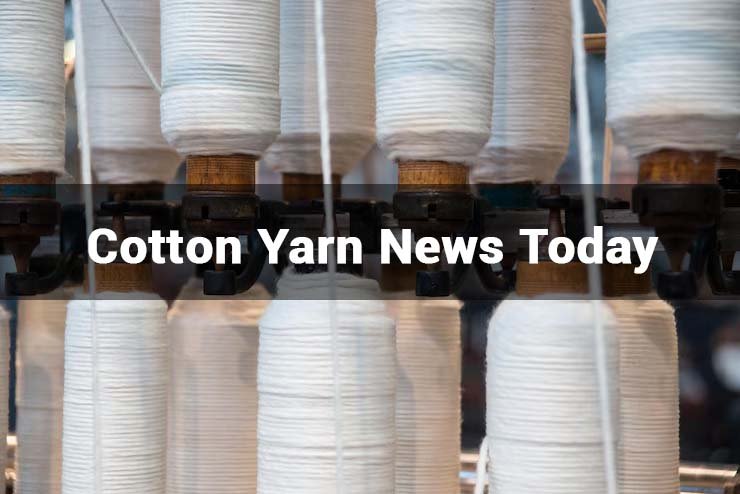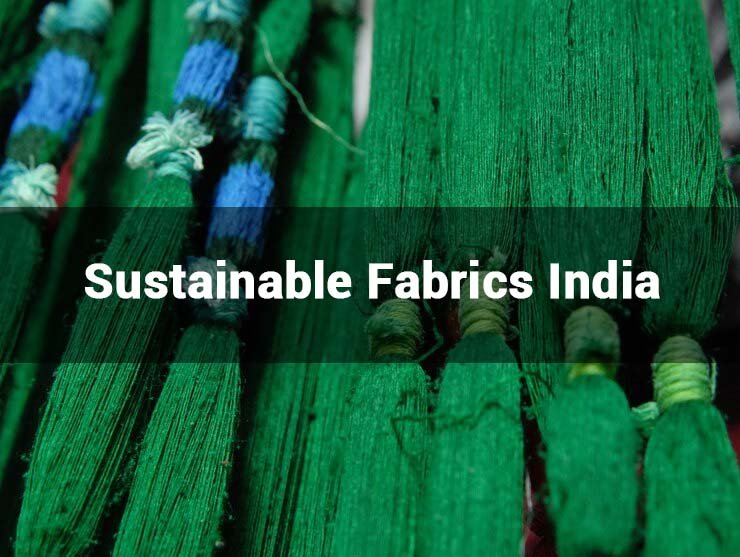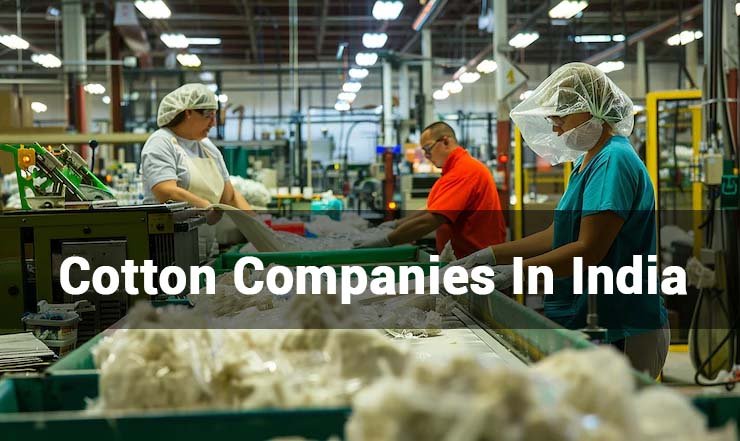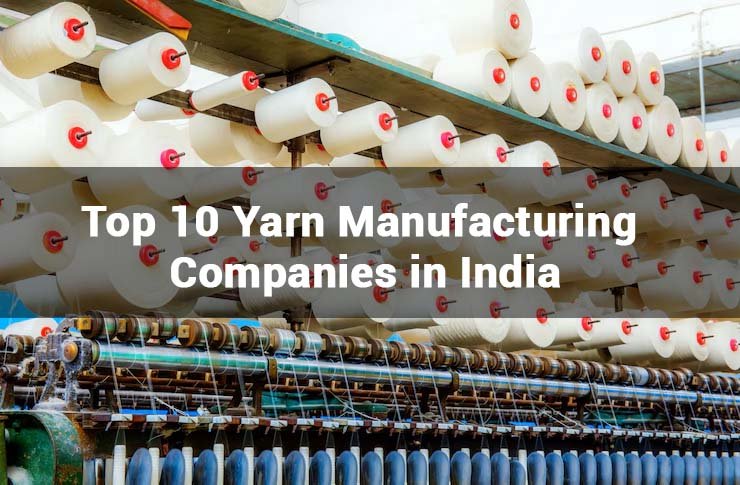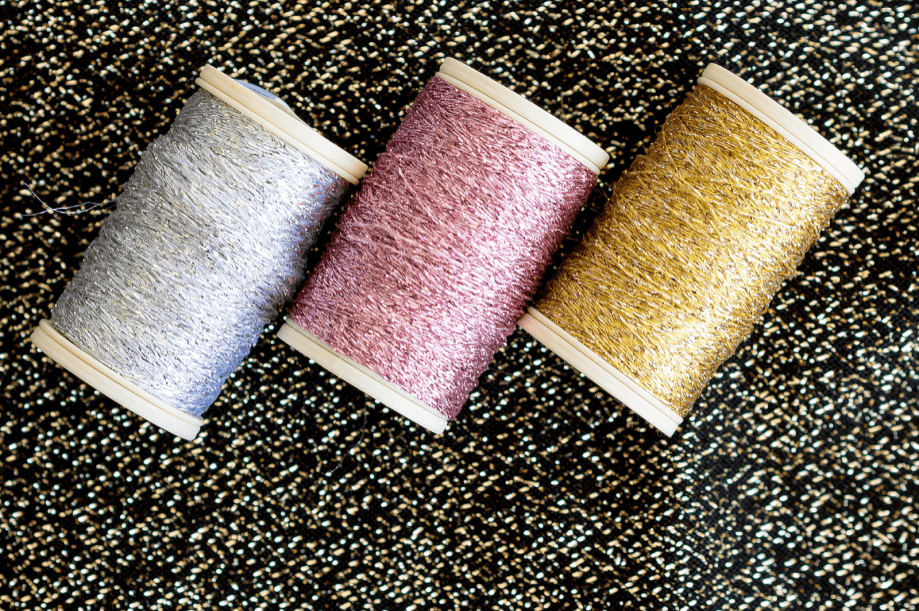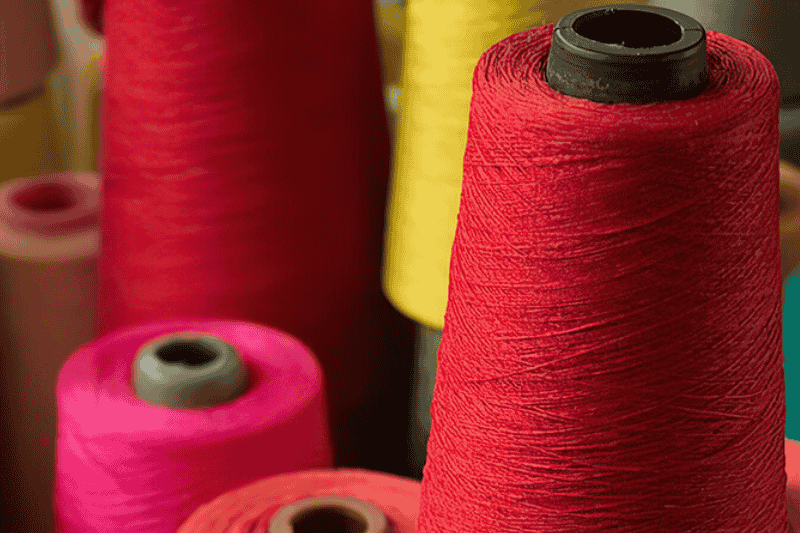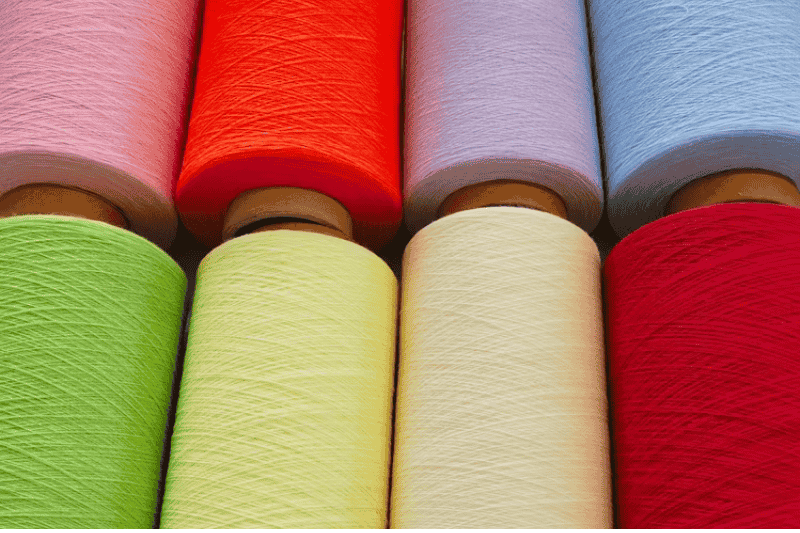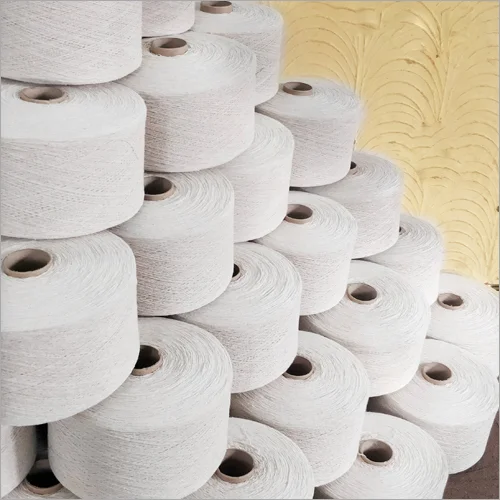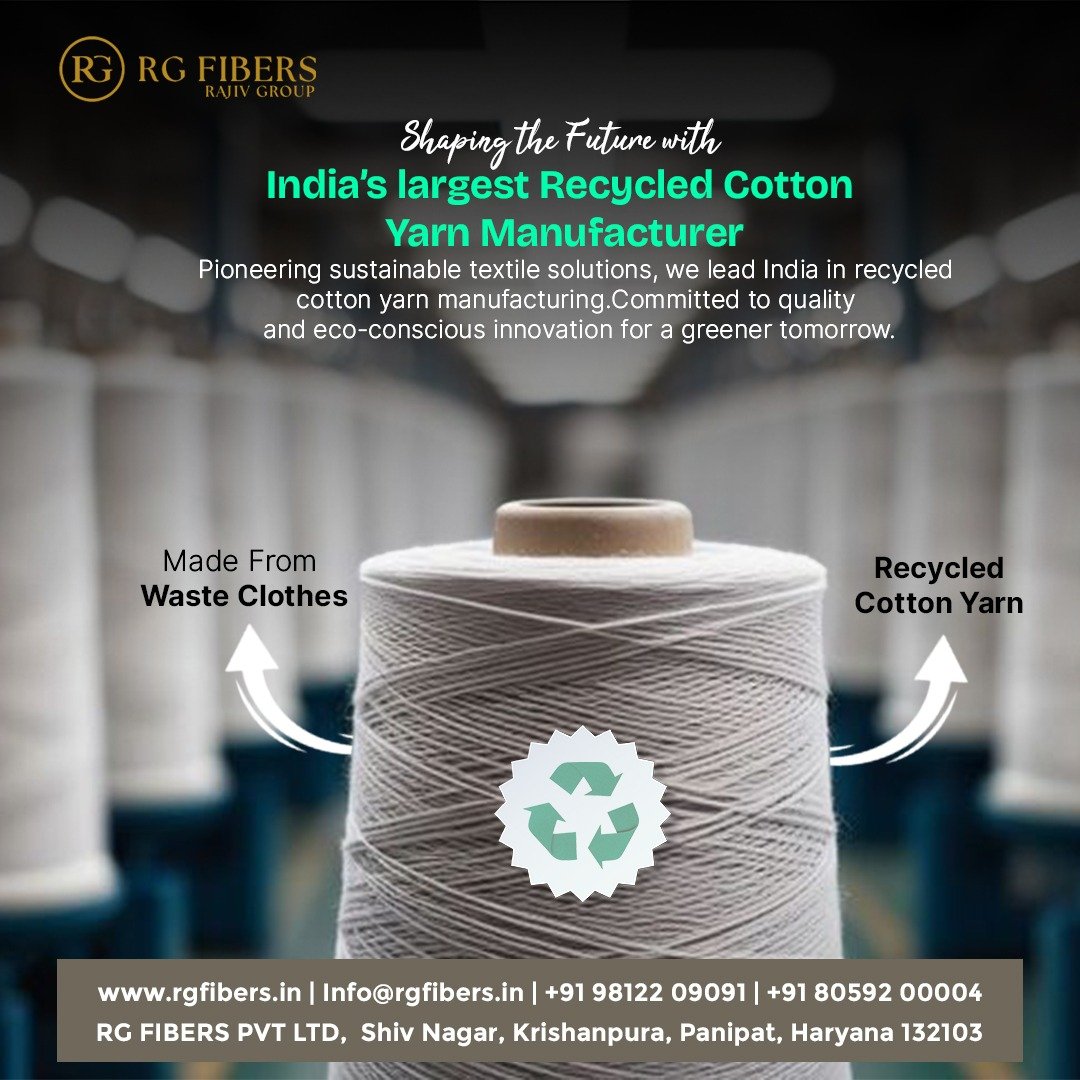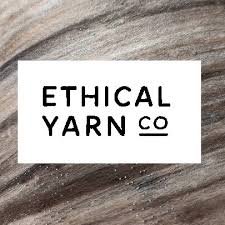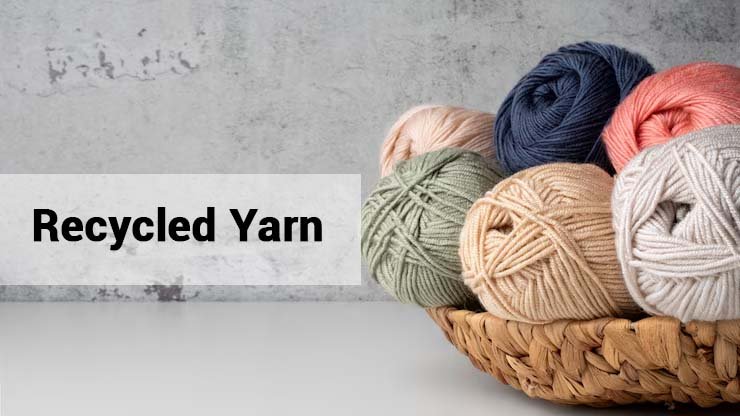
Rg Fibers / Date: 27 Sep, 2025
Recycled Yarn - That Transform Your Crafts
Recycled yarn is produced through textile waste recycling processes that transform discarded fabrics, plastic bottles, and industrial waste into usable fibers. The process typically involves:
-
Collection & Sorting – Textile waste, post-consumer garments, and PET bottles are collected.
-
Shredding & Cleaning – Materials are shredded into smaller fibers and cleaned to remove impurities.
-
Spinning – Regenerated fibers are spun into recycled fiber yarn, which can be used for weaving, knitting, or crochet.
-
Finishing – The yarn is processed to improve strength, durability, and softness.
This environment-friendly yarn production reduces landfill waste and offers green textile solutions for the fashion and home textile industry.
Hidden Truth: Recycled Yarn 3X Stronger & Greener
Did you know that producing recycled cotton yarn saves up to 2,700 liters of water per kilogram compared to virgin cotton? Beyond water savings, recycled polyester yarn made from yarn made from plastic bottles consumes 59% less energy. Surprisingly, recycled yarns often show 3X higher tensile strength compared to poorly processed virgin yarn, making them a smarter and greener choice.
Types of Recycled Yarn: Cotton, Polyester, Wool, and Beyond
The recycled yarn market offers diverse options:
-
Recycled cotton yarn – Made from post-industrial cotton waste or discarded clothing.
-
Recycled polyester yarn – Derived from PET bottles and plastic packaging.
-
Recycled denim yarn – Created by shredding old denim garments.
-
Upcycled yarn – Repurposed fibers with minimal processing.
-
Recycled knitting yarn & crochet yarn – Specially spun for DIY projects.
-
Regenerated fibers – Blends of multiple fiber types for durability.
For eco-conscious creators, organic yarn alternatives are also available as ethical yarn choices.
Recycled Yarn vs Virgin Yarn – Why Recycled Wins
Below is a quick comparison of recycled yarn and virgin yarn:
| Feature | Recycled Yarn | Virgin Yarn |
|---|---|---|
| Raw Materials | Textile waste, plastic bottles, old fabrics | Newly harvested cotton, petroleum-based polyester |
| Water Consumption | Saves up to 2,700L water/kg cotton | High water usage in cotton farming |
| Energy Use | Lower, due to reuse of fibers | High, due to raw material processing |
| Environmental Impact | Reduces landfill waste, promotes circular fashion yarn | High carbon footprint, resource depletion |
| Cost Efficiency | More affordable in bulk production | Expensive due to farming & petrochemicals |
| Strength & Durability | Competitive with virgin yarn, often more consistent | Can vary depending on crop/production |
Reasons to Choose Recycled Yarn: It is cost-effective, sustainable, and supports zero waste yarn initiatives.
Quality Check: Does Recycled Yarn Perform as Well as New Yarn?
A common concern is performance. Tests show that recycled fabric yarn offers similar durability, dye absorption, and weaving quality as virgin yarn. For recycled yarn for home textiles and weaving, performance is nearly identical. Recycled crochet yarn and knitting alternatives also provide softness and flexibility.
Certifications and Standards: How to Identify Truly Sustainable Yarn
When sourcing yarn, look for certifications like:
-
Global Recycled Standard (GRS)
-
OEKO-TEX Standard 100
-
Recycled Claim Standard (RCS)
These ensure that you’re buying from authentic eco yarn suppliers and verified recycled yarn manufacturers.
Working with Recycled Yarn: Tips, Tricks, and What to Expect
-
Choose the right type: recycled cotton yarn for softness, recycled polyester yarn for durability.
-
Expect slight variations in color due to mixed fiber content.
-
Use strong needles/hooks for recycled knitting yarn and crochet yarn.
Recycled Yarn Care Guide: Washing, Storing, and Maintaining Your Projects
-
Wash in cold water to preserve fiber strength.
-
Avoid harsh detergents – use mild, eco-friendly options.
-
Air dry instead of machine drying.
-
Store in a cool, dry place to prevent fiber damage.
The Growing Market for Recycled Yarn: Trends and Consumer Demand
The demand for yarn for sustainable fashion is rising, especially in Europe and Asia. In India, the presence of recycled yarn suppliers and large-scale recycled yarn manufacturers has boosted adoption in both home textiles and fashion. Consumers increasingly demand ethical yarn choices, pushing brands to adopt circular fashion yarn.
The Future of Recycled Yarn: Emerging Technologies and Innovation
-
AI-driven textile waste recycling for better fiber separation.
-
Regenerated fibers blended with organic yarn for hybrid solutions.
-
Development of recycled denim yarn and zero waste yarn for global brands.
By 2030, recycled yarn is projected to power a $2B sustainable revolution in textiles.
Conclusion
Recycled yarn is more than a trend—it’s a sustainable yarn solution shaping the future of textiles. From eco-friendly yarn options like recycled cotton and polyester to innovative regenerated fibers, the market is expanding rapidly. By choosing recycled yarn manufacturers and eco yarn suppliers, businesses and creators alike can support environment-friendly yarn production and contribute to a circular fashion economy.
